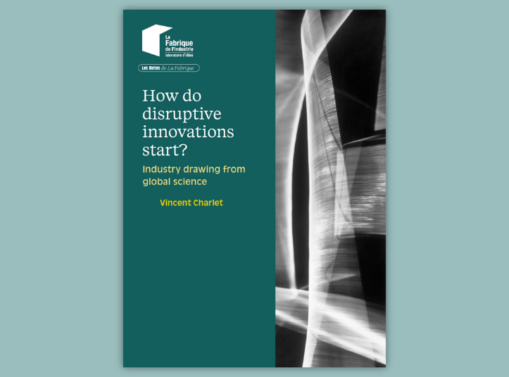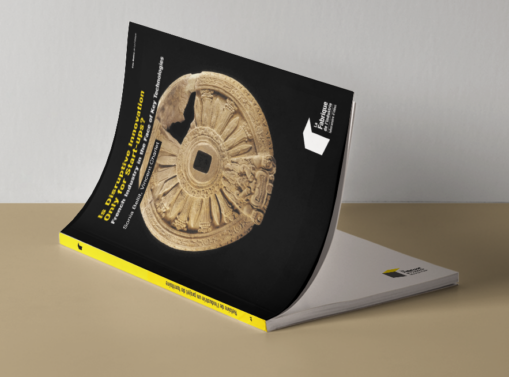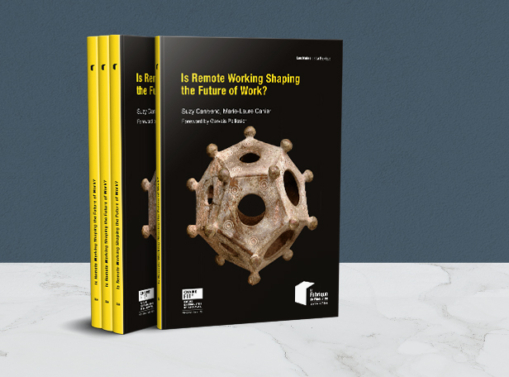Carbon Border Adjustment Mechanism – Friend or foe of European industry?
In this working paper, La Fabrique examines the different scenarios of Carbon Border Adjustment Mechanism (CBAM) foreseen by the European Commission and their possible consequences on manufacturing sectors.
The European Union (EU) commitment to reach carbon neutrality by 2050 implies a robust and sustainable price signal on carbon emissions. The planned revision of the European carbon market – the EU Emissions Trading System (EU ETS) – will entail an increase of the CO2 emissions reduction objectives and a decrease of free allocations handed to industry. These likely trends will put several energy-intensive industries in Europe at risk of carbon leakage. Taking all this into consideration, the European Commission reintroduced the idea of a Carbon Border Adjustment Mechanism (CBAM), discussed during the legislative process of the 2009 Directive on the ETS as an alternative to free allowances, which eventually seemed easier to implement.
Last autumn, the European Commission launched a public consultation on four possible CBAM scenarios and their configuration, ahead of a comprehensive impact assessment. Each of the four scenarios raises different issues in terms of legal feasibility and administrative applicability.
The first scenario is to introduce a tax based on the carbon content of imported products. This would require unanimous agreement of all EU member states and could potentially affect the tariff schedules adopted through trade agreements.
A second scenario is to extend the EU ETS to imports. Importers to the EU would be required to acquire EU emission allowances based on the carbon content of their products, thus paying the price set by the EU ETS.
A third scenario is to put in place a completely new system of allowances dedicated to imports that would mirror the EU ETS. It would work on the same principles, but these new allowances would not be tradable or fungible with current ETS allowances, so as not to alter its structure or internal equilibrium.
Lastly, the fourth scenario is to establish a carbon tax at the consumption level, which appears quite simple at first sight. However, this new tax would have to be articulated with the existing carbon pricing framework and existing instruments that limit carbon leakage to avoid a double carbon pricing on European products. This option would also require unanimous agreement of member states.
This paper aims to describe the possible consequences of these scenarios on manufacturing sectors and explain their responses to the Commission. Indeed, while it is commonly assumed that a CBAM would protect EU companies from ‘climate dumping’, our analysis shows that the envisaged introduction of a CBAM struggles to find the support of all industrial sectors. Working from a deep, comprehensive and systematic analysis of around 200 replies from industry representatives and companies to the Commission’s consultation, as well as a number of interviews with stakeholders, we explain this apparent paradox.




